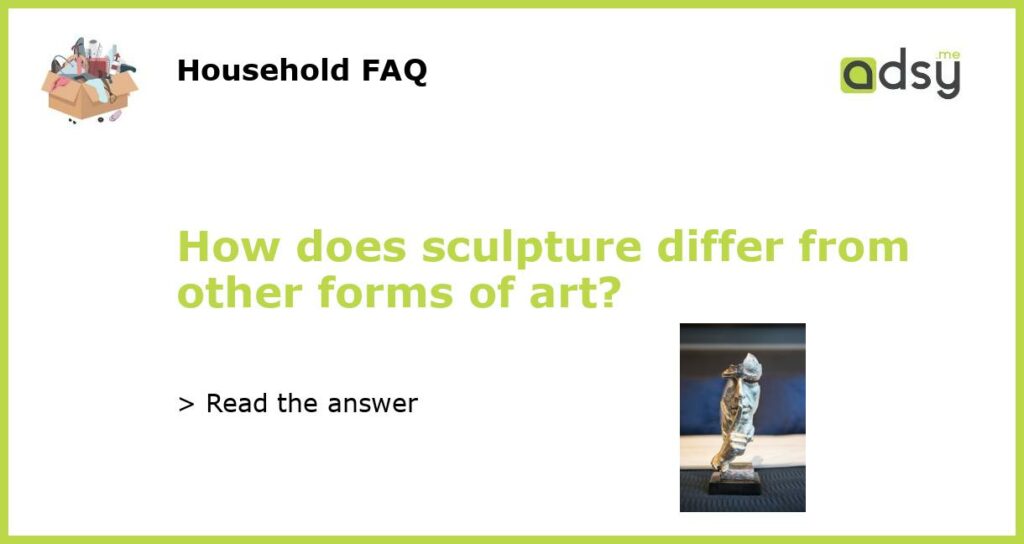Introduction to Sculpture
Sculpture is a unique form of art that encompasses three-dimensional objects created by carving, modeling, welding, or molding various materials such as stone, metal, wood, and clay. Unlike other forms of art, sculptures have distinct physicality and occupy space, allowing viewers to experience them from different angles. The techniques and tools used in sculpting vary depending on the artist’s desired outcome and the material being worked with.
The Dimensionality of Sculpture
One of the key differences between sculptural art and other forms of art is the dimensionality it offers. Unlike paintings or drawings that are two-dimensional, sculptures provide a tangible presence in the real world. Sculptures can be viewed from any angle, allowing the audience to appreciate the work from multiple perspectives. This physicality of sculpture enables artists to convey depth, texture, and form in a way that is impossible in flat, two-dimensional mediums.
The Use of Space in Sculpture
Sculptural art not only occupies physical space but also interacts with the surrounding environment. The utilization of space is crucial in sculpting as it adds another layer of meaning and significance to the artwork. Sculptors carefully consider the placement of their pieces, whether indoors or in outdoor settings, to enhance their interaction with the space. The scale of the sculpture, the lighting, and the surrounding elements all play a role in creating a dynamic relationship between the artwork and its environment.
The Multidimensional Materials in Sculpting
Sculptors have a wide range of materials to choose from when creating their art. Whether it’s stone, metal, wood, or clay, each material has its own unique properties and challenges. Working with these multidimensional materials requires expertise and specific skill sets. From the hardness and malleability of stone to the flexibility and malleability of clay, sculptors must adapt their techniques to bring out the best qualities of each material. This materiality in sculpture distinguishes it from other art forms that are primarily created using paint, ink, or pencil.
Sculpture’s Role in the Physicality of Art
Sculpture plays a pivotal role in enriching the physicality of art. Unlike paintings or photographs that can only be observed from a distance, sculptures invite the audience to engage with them on a more intimate level. This physical engagement allows viewers to touch, walk around, and even interact with the artwork. This hands-on experience deepens the connection between the audience and the artwork, offering a unique sensory experience that goes beyond what other forms of art can offer.






